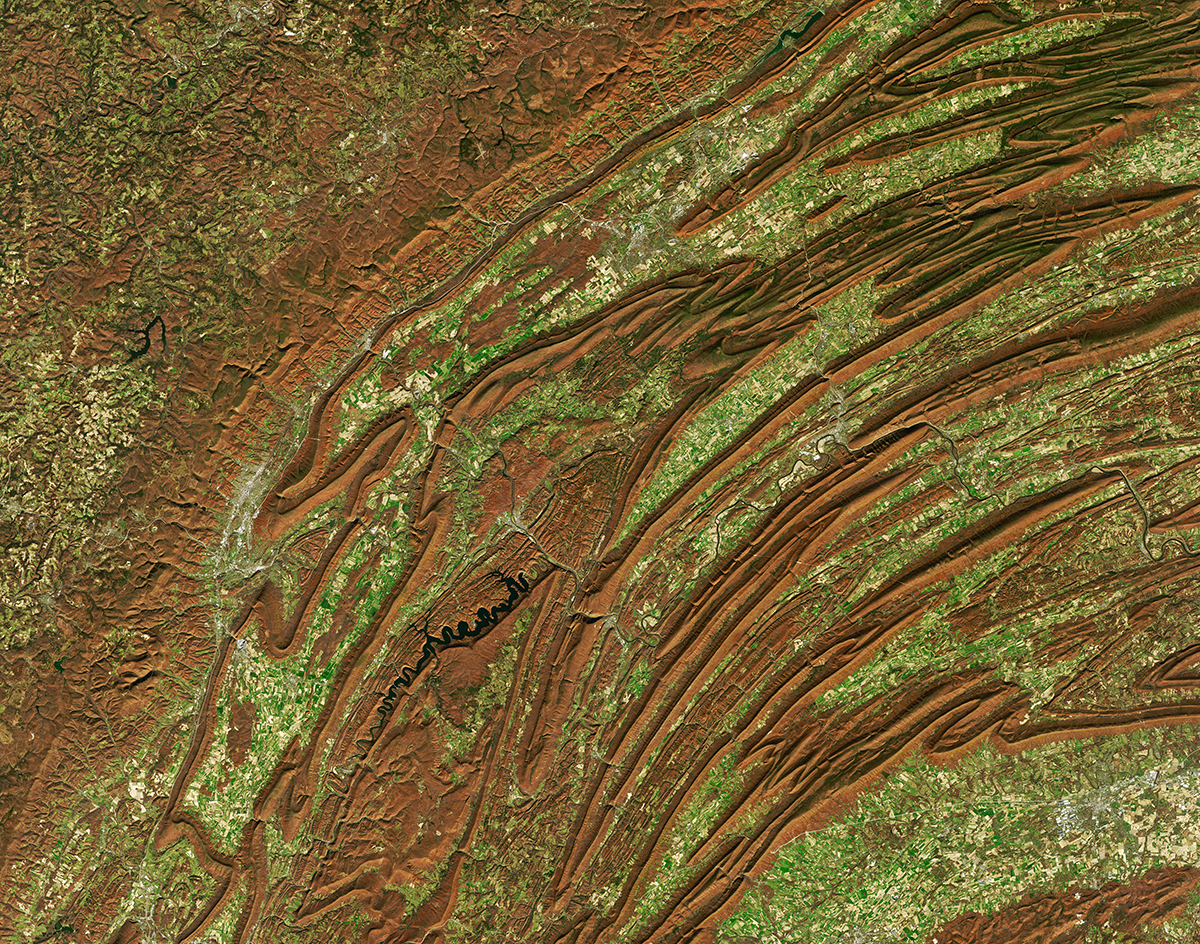2 min read

Natural disasters like volcanic eruptions, floods, and tornados can dramatically change the surface of Earth to the point where alterations are visible in space. Changes driven by human actions and interventions, such as mining and deforestation, are also visible in satellite imagery.
For over 50 years, NASA's Landsat satellites have recorded our planet's changing surface. Now, terraPulse Inc., a North Potomac, Maryland-based company, applies artificial intelligence to create meaningful maps to help academic institutions, nongovernmental organizations, and businesses understand the many impacts of climate change.
By combining data from multiple NASA and European satellites, terraPulse helps businesses make data-driven decisions regarding ecological impacts. That same data helps scientists understand environmental changes and the processes driving them, which can provide practical information to local decision-makers for infrastructure planning and disaster preparedness.
Measurements taken from space are still undergoing significant research and development. NASA's Earth Sciences Division funds several remote sensing initiatives to expand our understanding of the impact of land cover change, including a terraPulse effort using FitBits to track and assess the health of wild deer and the impacts of their habitat change.
NASA's Goddard Space Flight Center in Greenbelt, Maryland, which manages many of the agency's Earth-monitoring satellite missions, supports a comprehensive view of our planet. Industries are looking to satellite data to plan for resilience to climate change by monitoring worldwide facilities, identifying manageable risk factors, and more.






